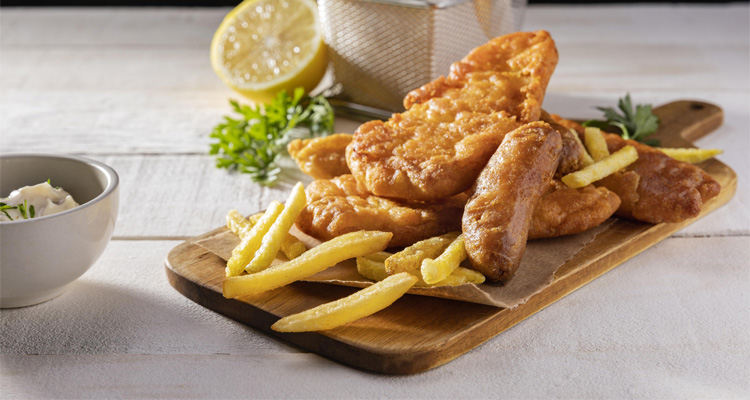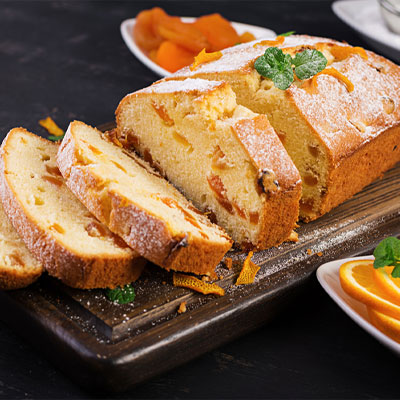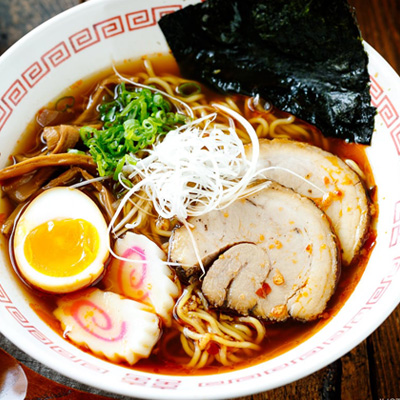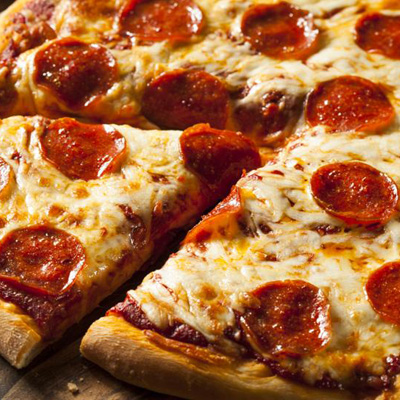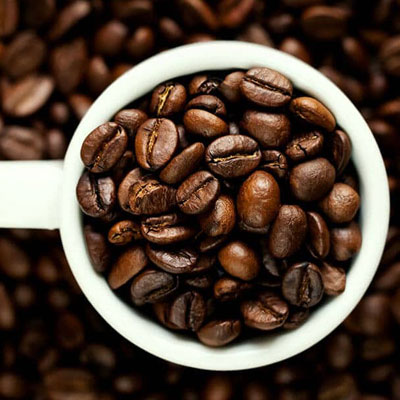Join us on a gastronomic journey as we uncover the delightful world of Fish and Chips. This timeless dish, originating from the coasts of England, has evolved into a global comfort food. From the crispiness of the batter to the succulence of the fish, let's dive into the nuances that make Fish and Chips an enduring classic.
Nutrition Facts
- Kcal
630 - Fat
44 g - Choles
60 mg - Sodium
820 mg - Carbs
37 g - Fiber
2 g - Sugar
2 g - Protein
21 g
Note: The nutrition facts are approximate values and may vary based on the specific ingredients used and any additional toppings or syrups added.
Ingredients
- 1 lb (450g) white fish fillets (cod or haddock)
- 1 cup all-purpose flour
- 1 cup beer (lager works well)
- 1 teaspoon baking powder
- 1/2 teaspoon salt
- Vegetable oil, for frying
- 4 large potatoes, peeled and cut into thick fries
- Salt and black pepper, to taste
- Lemon wedges, for serving
Directions
- Prepare the Batter: In a bowl, whisk together the flour, beer, baking powder, and salt until you have a smooth batter. Let it rest for 10 minutes.
- Heat the Oil: Fill a large, deep pan with vegetable oil to a depth of about 2 inches. Heat the oil to 375°F (190°C).
- Coat the Fish: Pat the fish fillets dry with a paper towel. Dip each fillet into the batter, allowing excess to drip off. Carefully place the battered fish into the hot oil and fry until golden brown, about 4-5 minutes per side. Remove and drain on paper towels.
- Fry the Potatoes: Fry the potato fries in batches until golden and crispy, about 3-4 minutes per batch. Remove and drain on paper towels. Sprinkle with salt and black pepper.
- Serve: Plate the fish and chips together. Serve with lemon wedges and your favorite dipping sauce.
Historical Origins: A Maritime Legacy
The Birth of Fish and Chips
The roots of Fish and Chips can be traced back to 19th-century England, where street vendors in the bustling maritime towns served freshly fried fish with hand-cut potatoes. This convenient and satisfying meal quickly gained popularity, becoming a staple for locals and eventually spreading across the globe.
Evolution Across Continents
As Fish and Chips traveled across continents, each region infused its unique twist into the recipe. While the core elements remain constant, variations in batter, seasoning, and choice of fish reflect the diverse culinary influences that have shaped this beloved dish.
Crafting the Perfect Fish and Chips: An Art and Science
Selecting the Right Fish
Haddock and Cod are traditional choices for Fish and Chips due to their flaky texture and mild flavor. However, other white fish varieties like Pollock and Hake are excellent alternatives.
The Art of Batter
A light and crispy batter are quintessential to exceptional Fish and Chips. A mixture of flour, baking soda, salt, and carbonated water creates the ideal consistency. Some chefs add beer for an extra layer of flavor.
Perfecting the Fries
Hand-cut potatoes, double-fried to golden perfection, are the ideal companions to the fish. Achieving the right balance of crispiness on the outside and tenderness within elevates the entire dish.
Regional Variations: A World of Flavors
British Fish and Chips:
In the UK, Fish and Chips is often served with a side of mushy peas and tartar sauce. The fish is usually accompanied by thick-cut fries for an authentic British experience.
American Fish and Chips:
In the United States, regional variations abound. Some regions prefer a beer batter, while others may opt for a spicier kick. Coleslaw or malt vinegar often complements the dish.
Asian Fusion Fish and Chips:
In Asia, innovative twists include using local fish varieties, incorporating unique spices, or serving Fish and Chips with a side of spicy dipping sauce.
Fish and Chips Tips and Tricks: From Kitchen to Table
Maintaining Crispiness
To keep Fish and Chips crispy, serve them immediately after frying. Placing them on a wire rack rather than a plate helps prevent sogginess.
Enhancing Flavor with Seasonings
Experiment with seasonings like garlic powder, smoked paprika, or Old Bay for an extra flavor boost. Sprinkle the seasonings on the fish and fries just before serving.
Choosing Sustainable Seafood
Opt for sustainably sourced fish to support responsible fishing practices. Look for certifications like MSC (Marine Stewardship Council) to make an eco-friendly choice.
FAQs
Can I Use Frozen Fish for Fish and Chips?
While fresh fish is ideal, high-quality frozen fish can be a convenient and tasty alternative. Ensure it's thawed properly before battering and frying.
What Is the Best Oil for Frying Fish and Chips?
Vegetable oil or peanut oil with a high smoke point is suitable for frying Fish and Chips. These oils maintain stability at high temperatures, resulting in a crisp texture.
How Do I Achieve a Crispy Batter?
Ensure the batter is ice-cold, and use carbonated water or beer for added effervescence. Fry the fish at the right temperature (around 350°F or 180°C) for a crispy exterior.
Are Sweet Potato Fries a Good Alternative?
Absolutely! Sweet potato fries provide a delightful twist to the classic. Follow the same double-frying method for a crispy finish.
Can I Make Fish and Chips Gluten-Free?
Yes, by using gluten-free flour and breadcrumbs, you can make a delicious gluten-free version of Fish and Chips. Check for gluten-free certification on ingredients.
What's the Origin of the Term "Chips" for Fries?
In British English, "chips" refer to what Americans call "French fries." The term originated from thinly sliced fried potatoes being "chipped" off a larger piece.
Conclusion
As we wrap up our culinary voyage into the world of Fish and Chips, we hope you feel inspired to recreate this classic in your own kitchen. Whether you prefer the traditional British style or want to experiment with global variations, the key lies in the quality of ingredients and the art of achieving that perfect crunch. So, gather your tools, select the freshest fish, and embark on a gastronomic adventure with Fish and Chips—a dish that transcends borders and brings joy to taste buds around the world.
